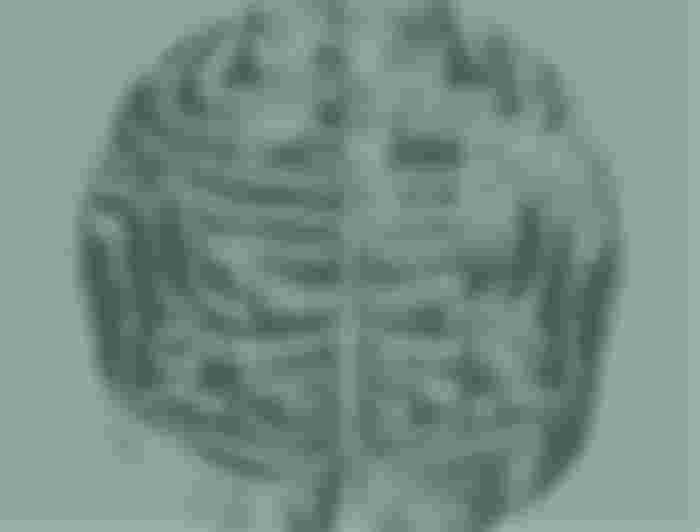Definition of growth
It's defined as A thing that grew in the sense of more and more, and it is said that the seed grew and the boy grew.
Biological Growth: It is a biological term for the physical increase in the size or composition of an organism in the different periods that it lives.

Defining growth in psychological terms Growth: It is all the interrelated, successive, and regular changes in all physical, mental, emotional, and behavioral aspects that happen to the individual and aims for his maturity and compatibility with himself and with the surrounding society.
Definition of growth in the behavioral sciences Growth: is the continuous changes in adaptive functions that are related to time, and the integration of changes in behavior, structure, and functions, which make up the personality of the individual.
The sciences that research human development: Scientists talked about the term human development and studied it under various names such as developmental psychology, evolutionary psychology, formative psychology, development psychology, and others.

Manifestations of growth
There are several related and overlapping aspects that are studied to understand growth, including:
Physical growth:
It means the increase in height and weight, and it studies the organs and bodily systems such as the bones and the head, and the changes that occur to them during growth.
Motor development:
It includes the study of large body movements such as walking, running, and jumping, as well as subtle movements that require motor-sensory synergies such as copying and writing.
Mental development:
It means general intelligence and mental abilities. Such as perception, remembering, imagining, thinking, and others, and it includes the study of the brain, the nervous system, cognitive processes, mental abilities, and the changes that occur with the passage of time and during development.

Sensory development:
It studies the five senses of a person, as well as his visceral sensations. Such as hunger, thirst, sleepiness, pain, and others, and it studies the changes that occur in these senses during growth.
Linguistic development :
It studies the vocabulary that an individual possesses, its increase and change, how it expresses, its perception of meanings, and the changes that occur in the voice and speech through the stages of development.
Emotional development:
Which studies different emotions. Like love, fear, hate, aggression, joy, and others, and the differences that occur to these emotions and feelings through the growth of the individual and his transition from one stage to another in his life.

Social development:
It means the family and social upbringing to which the individual is subjected, his relationship with the society around him, old and young, his relations with the opposite sex, the development of these relationships with age, and social growth also studies the values, standards, social roles, and interaction between members of society with the development of growth.
Physiological growth:
It includes studies of the glands and their functions, the lymphatic system, the functions of various systems such as the respiratory and digestive systems, and the effect of behaviors and lifestyles of the individual such as his nutrition and sleep on his behavior through the stages of his growth.
Sexual development:
It studies the reproductive system and its functions in males and females, and sexual behaviors, and their development during development.
Religious growth:
It studies the development of beliefs, ritual, and ideological attitudes towards suspicion, belief, or disbelief, the standards of moral and immoral behavior, and the extent to which his attitudes change according to his culture through the stages of growth.

Growth principles
There are several fixed and fundamental principles and laws that govern growth, as it is not a random process, and these principles are important. Because it sheds light on psychological development and is useful in the educational process and psychotherapy, these principles are:
Growth proceeds through continuous stages linked together, each stage has special and specific characteristics, and the stages overlap, so it is difficult to determine when one stage has ended and the other has started, and these stages are important in determining whether growth is progressing or being late according to the characteristics of each stage.

Growth is a gradual, continuous process that includes a quantitative, organic, qualitative, and functional change in all its aspects, as natural growth is a coherent and permanent process since the start of pregnancy, and every stage is affected by what precedes it, so growth is always not stopping, and the change is quantitative, such as the appearance and completion of teeth, or qualitatively, i.e. in a manner and gradual Specifically, such as the development that takes place in the nervous system and the functions of the body, and if a problem occurs in the early stages of life such as malnutrition, for example, this will have a noticeable effect in the later stages of human development.
Growth has different speeds that slow down and accelerate and vary, it is not of a steady speed, not all parts grow together, and there is a compatibility between acceleration and delay in the child's growth, weight and IQ, and between emotional maturity and social harmony, etc., and this compatibility may disappear completely if a person grows at the same speed It is said that if a person had grown as fast as the fetus before birth, the average height of a person in adulthood would have exceeded four hundred meters! Here, the benefit of acceleration and deceleration in the growth process appears.

Each stage of development has special features and manifestations. The child's playing behavior as an infant is completely different from the styles and types of the child's play in preschool age.
There are clear individual differences in growth between individuals, and no two children from the same family grow in the same way, but individuals are distributed moderately, iteratively, around a theoretical average and common characteristics in most cases.
Growth proceeds from generalities to idiosyncrasies, and from totals to parts, for example, the child first responds to general responses, then after that, it becomes more precise, moving first with his whole body and then moving with his limbs.
Growth goes along from the head to the feet, so the brain grows first, then gradually progresses to the areas farthest from the head, so the child moves the torso muscles, for example, before moving the muscles of the hands and feet.

Growth is affected by external conditions such as nutrition, health, radiation, etc., and by internal conditions such as the genetic basis.
Can predict the general direction of growth, because growth is moving in a particular system and the sequence, it is possible to predict the general form in which it heads toward him individual growth and behavior, if the child showed signs of social delay or summative it is possible to predict after the introduction of the tests and measurements honest it may not succeed in Completion of postgraduate studies.







